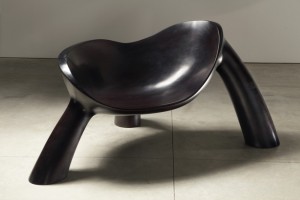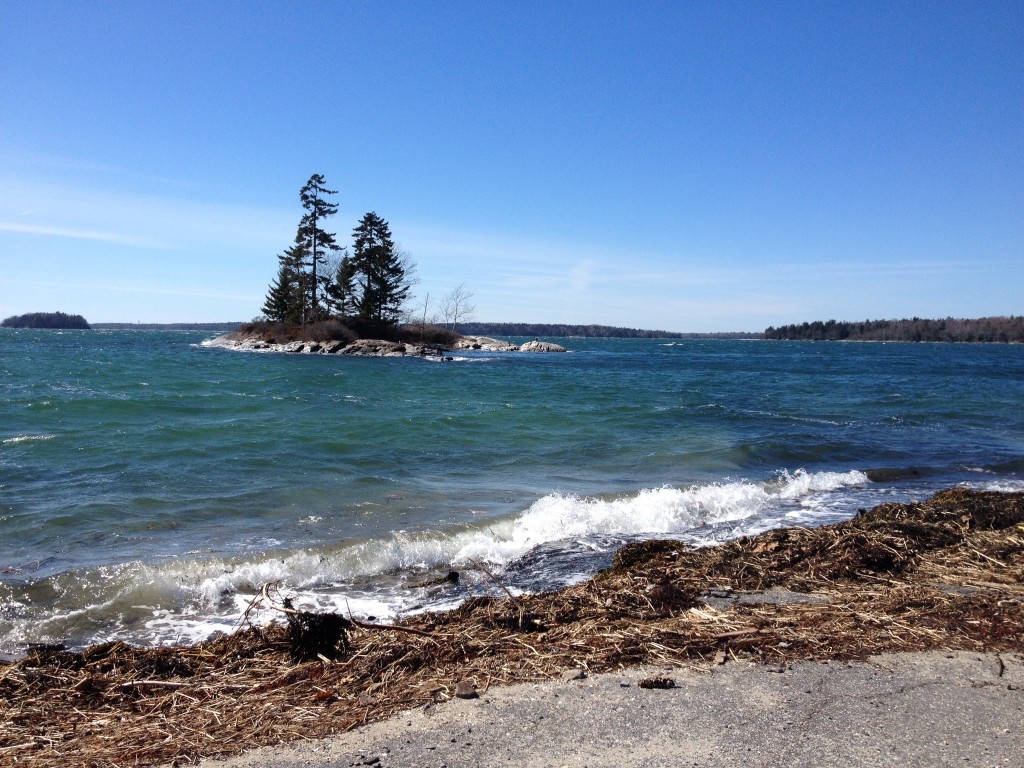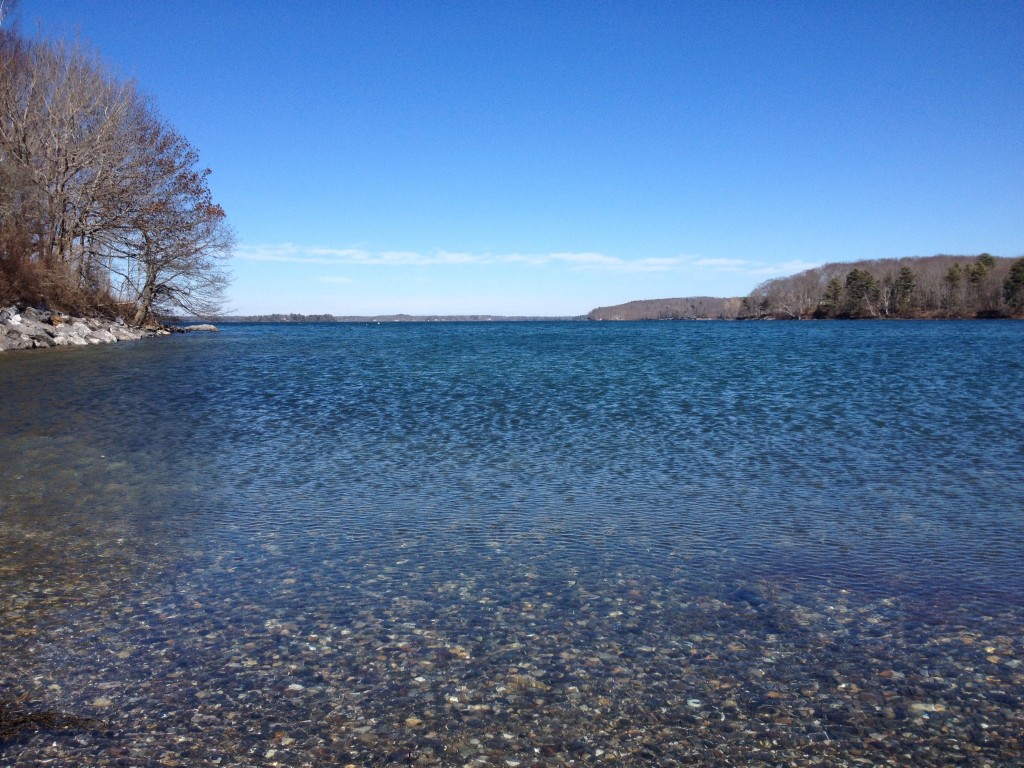Watching a Wendell Castle Documentary at the Museum of Arts and Design in NYC
The real facts of a poet’s life would be of more use to us than any work of his art. Thoreau, Journal 10/26/57.
Whenever I encounter someone who has chosen to live or think outside the usual lines prescribed by society, Henry Thoreau comes to mind. That’s not, I realize, much of a stretch; Thoreau cast himself as outsider again and again, in part to offer those inside the lines a different perspective, another set of images to consider when it came to deciding how best to imagine and live a life.
Such a resonance was especially strong a few weeks ago, when I visited an exhibition at Museum of Arts and Design in New York. It was a snowy, late afternoon, and I had just walked along the fringe of Central Park, watching the large flakes kiss themselves as they reached the water in a chain of ponds; I was feeling especially lucky at this walk, albeit a little wet and cold.
With friends, I entered the museum, shook off some soggy snow and then took the elevator to the top floor to see the furniture designs and sculptures of Wendell Castle, an artist my friends knew of from Rochester, New York. Castle’s work has an organic, layered flair to it, and he favors rich woods. I’ve included a few photos from and the link to his website, so you can have a look. But what linked him in my mind to Thoreau was a clip from a documentary about Castle’s life.
In a section about his childhood and how he came to art, which is another way to say how he came to know himself, Castle reflected on some of a child’s usual routes – sports and school.
Here’s a short poem that incorporates some of what Castle had to say; it imagines the moment described in the documentary from his point of view, actually from 2 points of view, the first as a child, the second the adult subject of the film.
Choose
“I’ve got Ray.” “Okay,
I’ve got Chuck.” Chuck’s face
unscrews – he’s not slipped
to me – one from last, yes,
but not what comes next:
“You take Castle.” “Naw,
we got enough, you take him.”
I am about to be returned when
they decide, “Castle, you’re the sub,
when someone has to go,”
and they turn to the field,
their glove-hands hanging like
outsized claws, their throwing hands
free to punch and jostle, to
touch as boys will, as they step
over the lime lines that shape
a geometry of childhood.
I turn
again to go, then look out
at the camera documenting me,
its convex lens unblinking,
and draw my own lines, say,
“So I learned
to choose
myself and Art
was the field
where that
happened.”
I like to think of Henry Thoreau choosing himself too, as it seems, artists do – when he chose to write; when he went to Walden; when he returned. When he went out each day to walk his own lines across the near world.
link to Castle website and more about the artist and his work: http://wendellcastlecollection.com/index.cfm/do/WCC.wendell_castle_modern_designer_furniture



